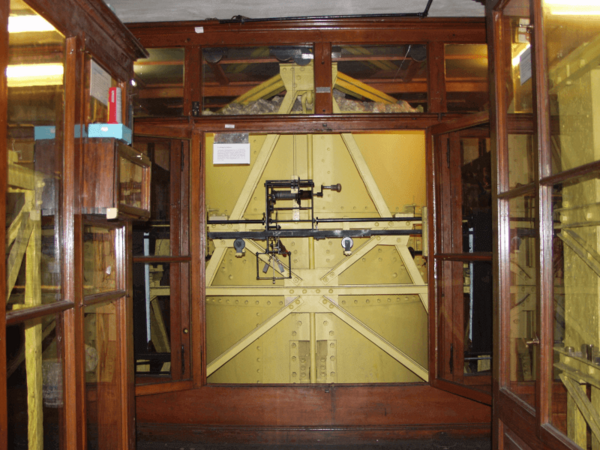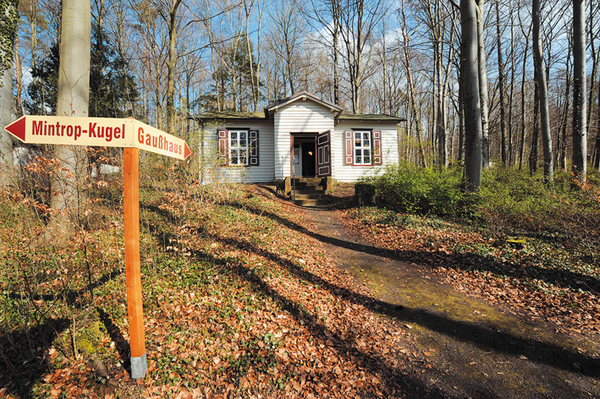Seismological Station
A look into the Depths of the Earth
From 1901 onwards, Emil Wiechert carried out research in the new field of geophysics on the hillside of Goettingen’s Hainberg. It was here, in 1902, that he joined forces with the Goettingen companies G.Bartels and Spindler & Hoyer (today Qioptiq) and started to build instruments for recording earth tremors, i,e., seismographs.
Since then, not even the tiniest movement escapes the notice of Goettingen’s earthquake station. It became one of the main observatories in the international network for seismological research as early as 1905.
Oldest Working Seismograph
100-Years-Old, but still Fully Operational. Goettingen’s seismological station is home to the world’s oldest, fully functional seismograph, that can still be used for scientific purposes. The city of Goettingen has the geophysicist Emil Wiechert – who was appointed Goettingen’s first professor of geophysics in 1898 – to thank for this.
Although today's seismographs are far more powerful than before, it is still not possible to exactly predict the occurence of earthquakes, even with the latest geophysical measuring instruments. Nevertheless, we are able to interpret phenomena acting as seismic precursors, and anticipate tremors with a certain degree of probability.
Public Demonstrations
Visitors to the Earthquake Station will soon be able to witness the release and free fall of the Mintrop ball on the first Sunday of every month, between 2 and 5 pm, weather permitting.
Public tours of the seismological station are also available.
Contact
Contact
Requests for Tours via E-Mail.
Address of the Station:
Wiechert'sche Erdbebenwarte
Herzberger Landstraße 180/182
D-37073 Göttingen
Address of the Association:
Wiechert'sche Erdbebenwarte Göttingen e.V.
Mr Wolfgang Brunk
Gottfried-August-Bürger-Str. 30
37130 Gleichen
Tel.: +49 (0) 5508-9767-10
E-Mail
Website






